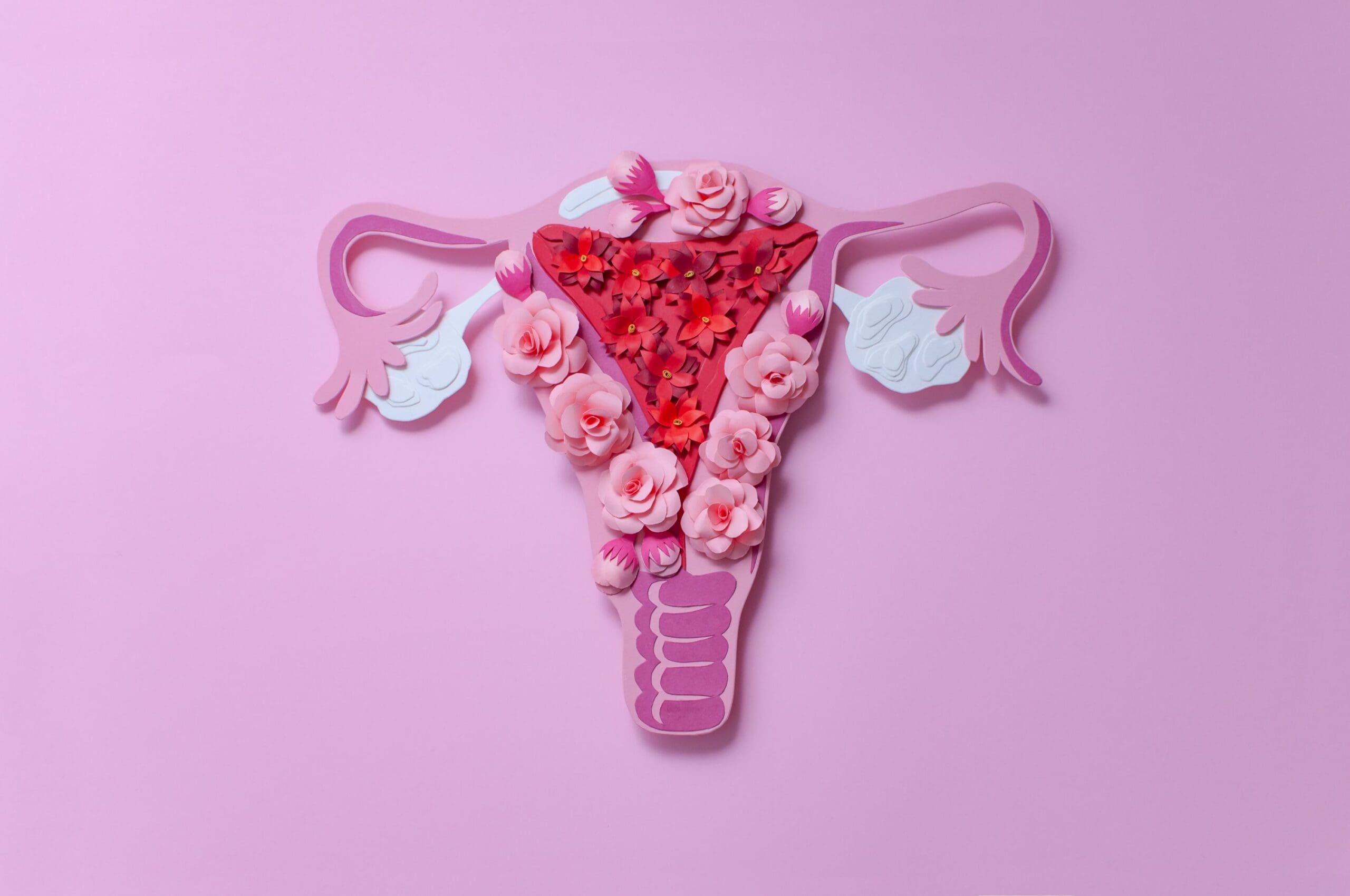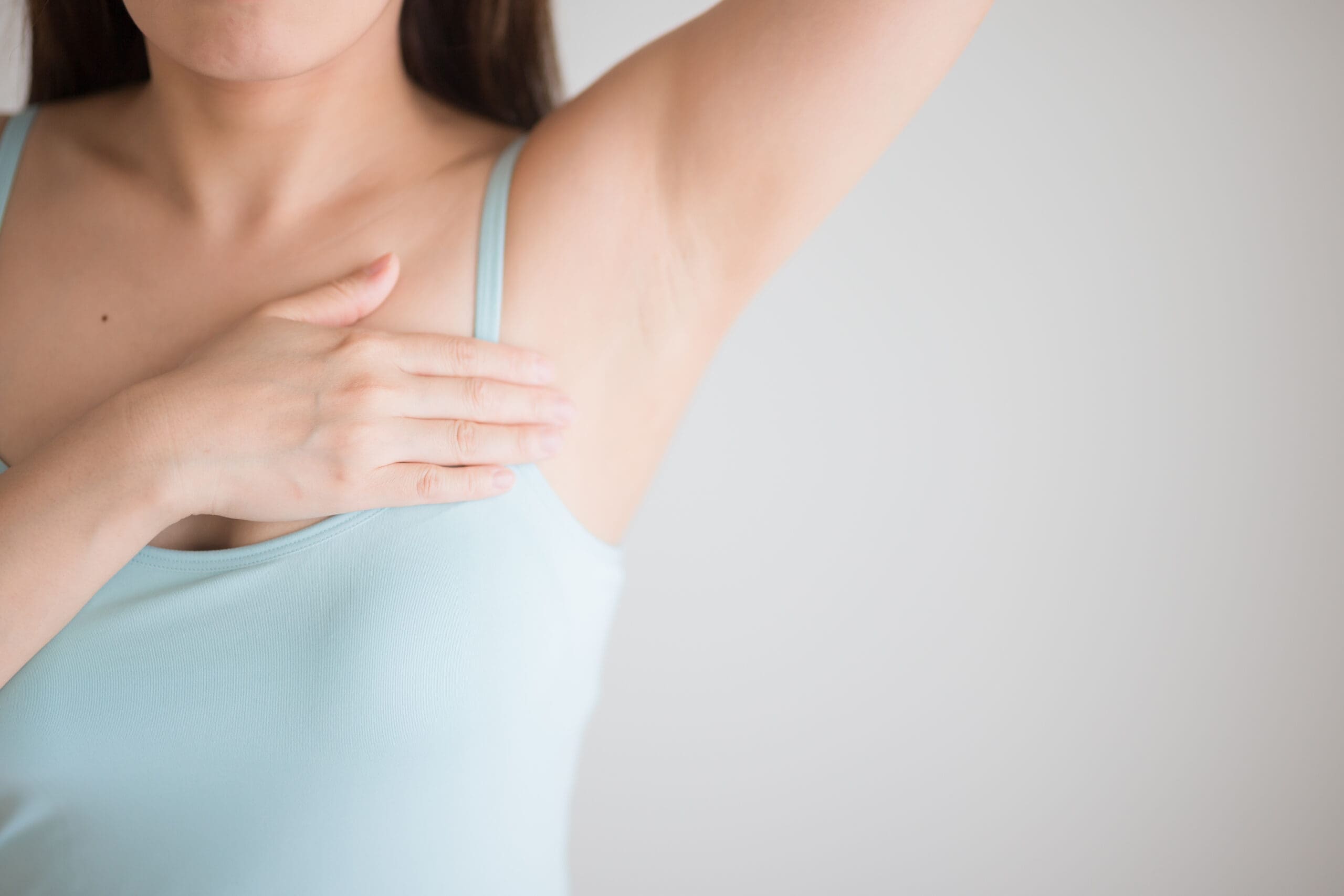Pelvic floor muscle exercises can help to restore bladder control after treatments for prostate cancer.
Women’s Health
Female reproductive organs
Diagrams (front and side views) of the female reproductive organs and how they work.
Vagina self-care: getting help for itch/burn/pain
The aim of this guide is to demystify vulval problems by offering an alternative to the current ways of explaining and treating these conditions.
Pap smear tests
Pap smear tests are currently used in Australia as a screening test for cervical cancer. A Pap smear test can detect changes in the cells of the cervix that may develop into cancer.
Cervical cancer screening tests
A new National Cervical Screening Program has been introduced in Australia, with HPV testing replacing Pap smear tests as the primary screening test for cervical cancer.
Prolapsed uterus
A prolapsed uterus (uterine prolapse) is when the uterus (womb) drops down from its normal position. It may cause no symptoms but if troublesome can be treated with self-care measures, pessaries or surgery.
Breasts: inside women’s breasts
An internal view shows that the breast is made up of fat, nipple, glands and a network of ducts.
Polycystic ovary syndrome
Polycystic ovary syndrome (PCOS) affects females in their reproductive years. It may cause irregular periods, excess hair growth and ovarian cysts.
Breast cancer Q and A
Breast cancer is the most common cancer among women. Fortunately, much research has gone into breast cancer treatment.
Benign breast lumps
Most breast lumps are benign (not cancerous). Possible causes of benign breast lumps include fibroadenomas, fibrocystic changes and breast cysts.










